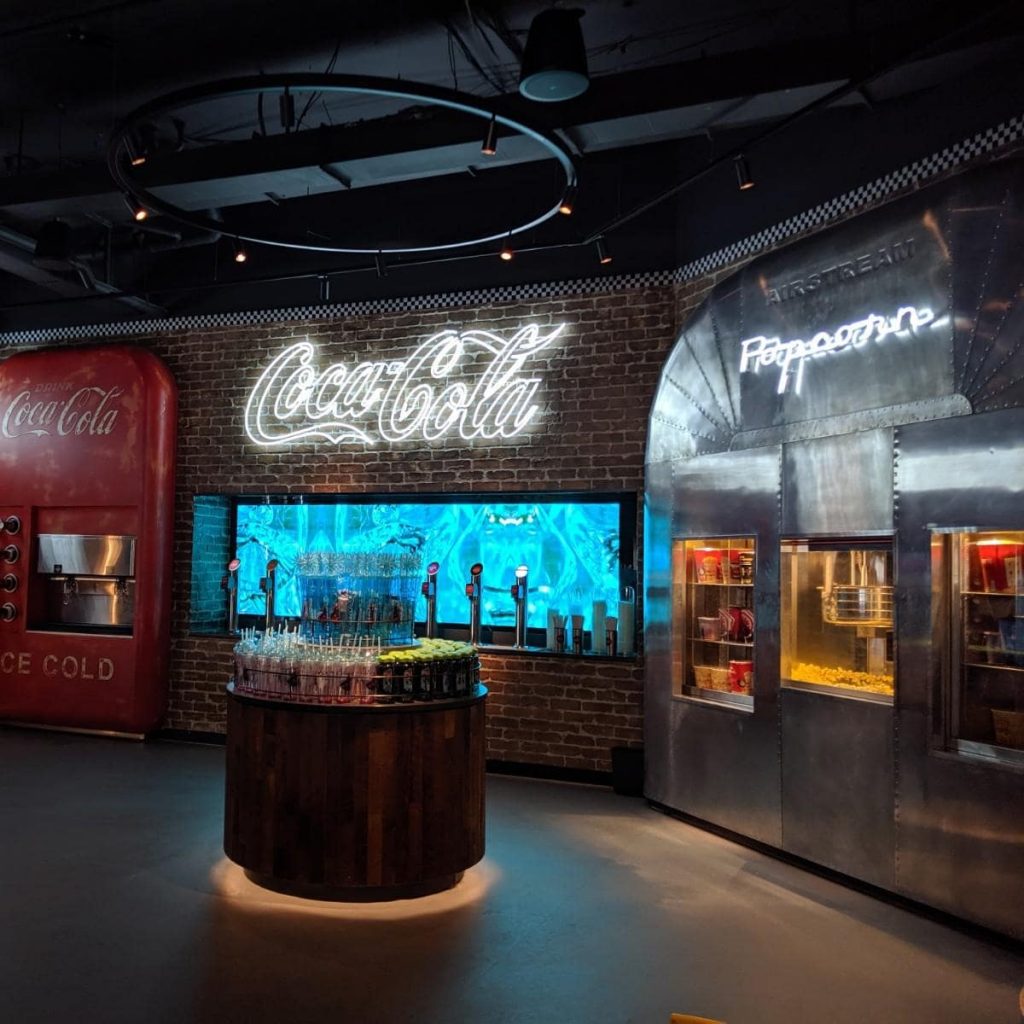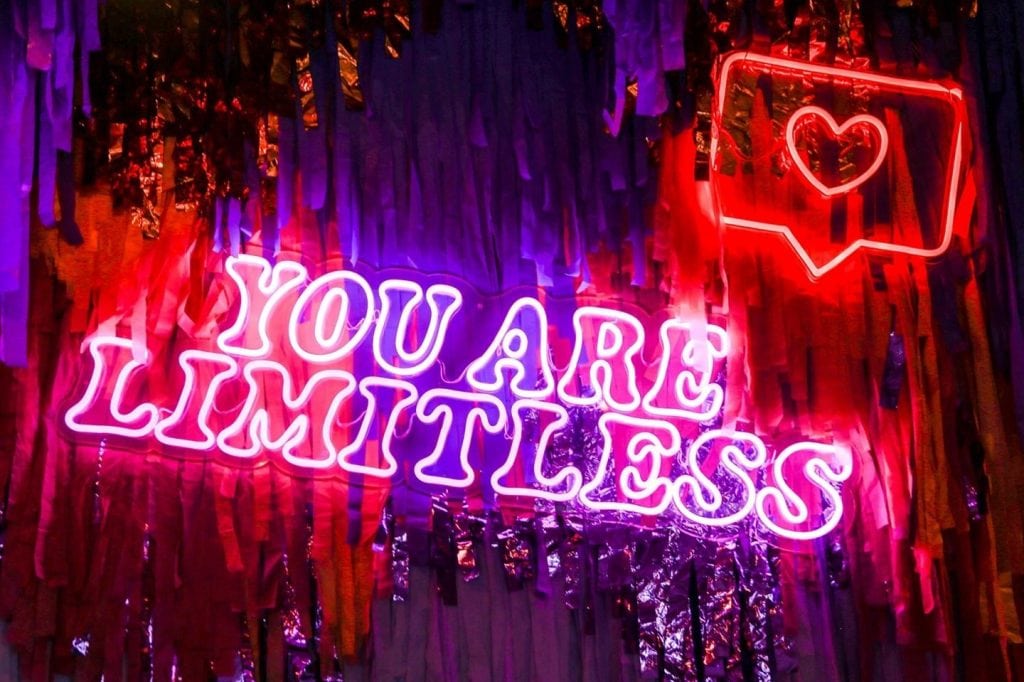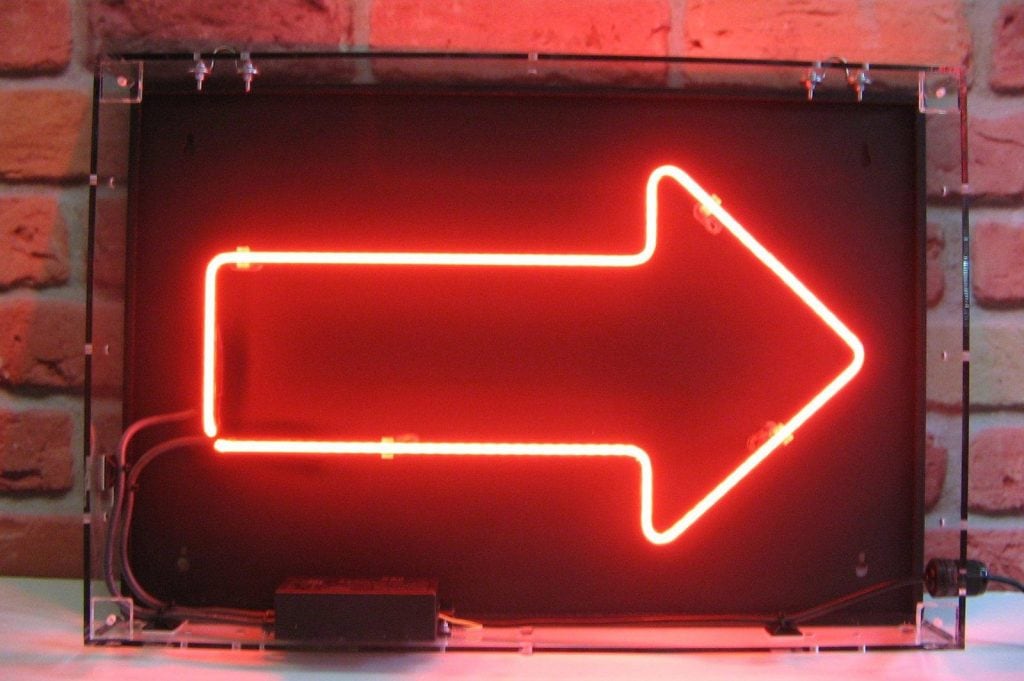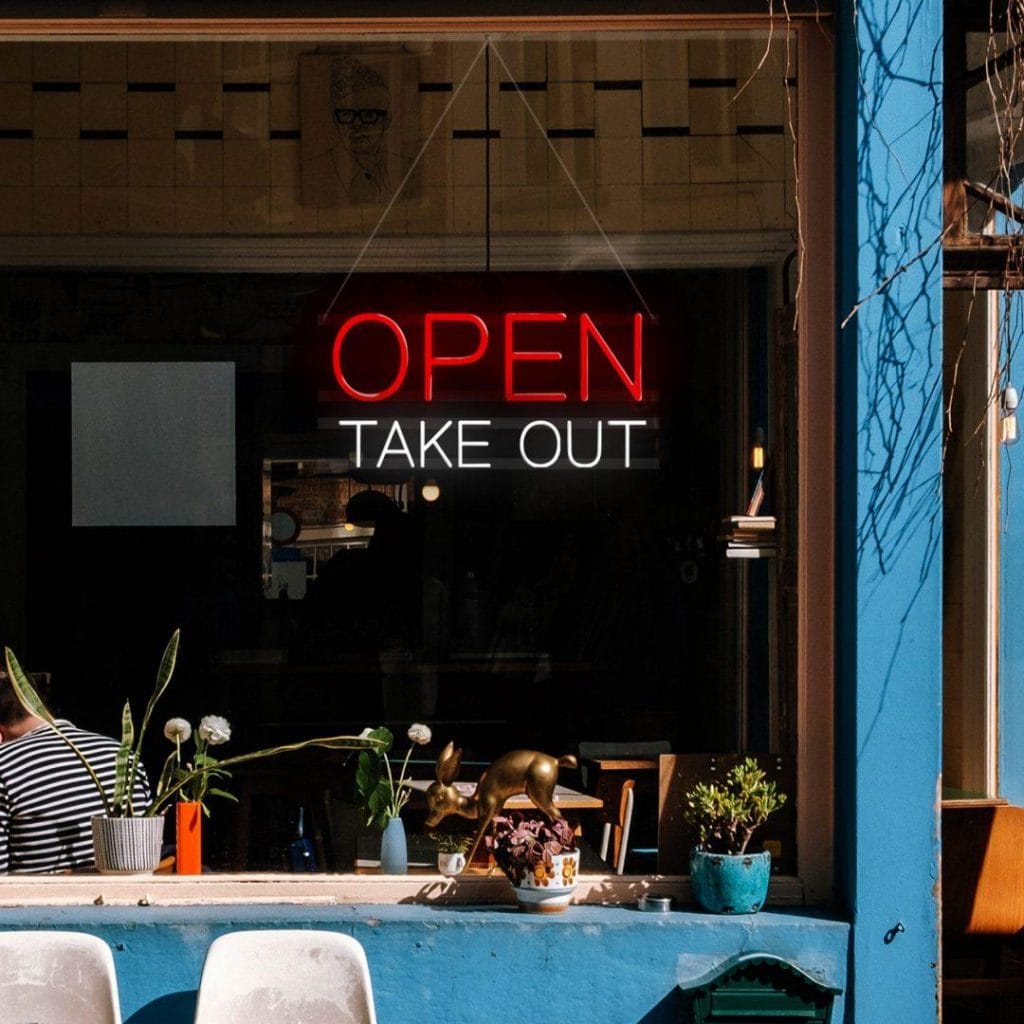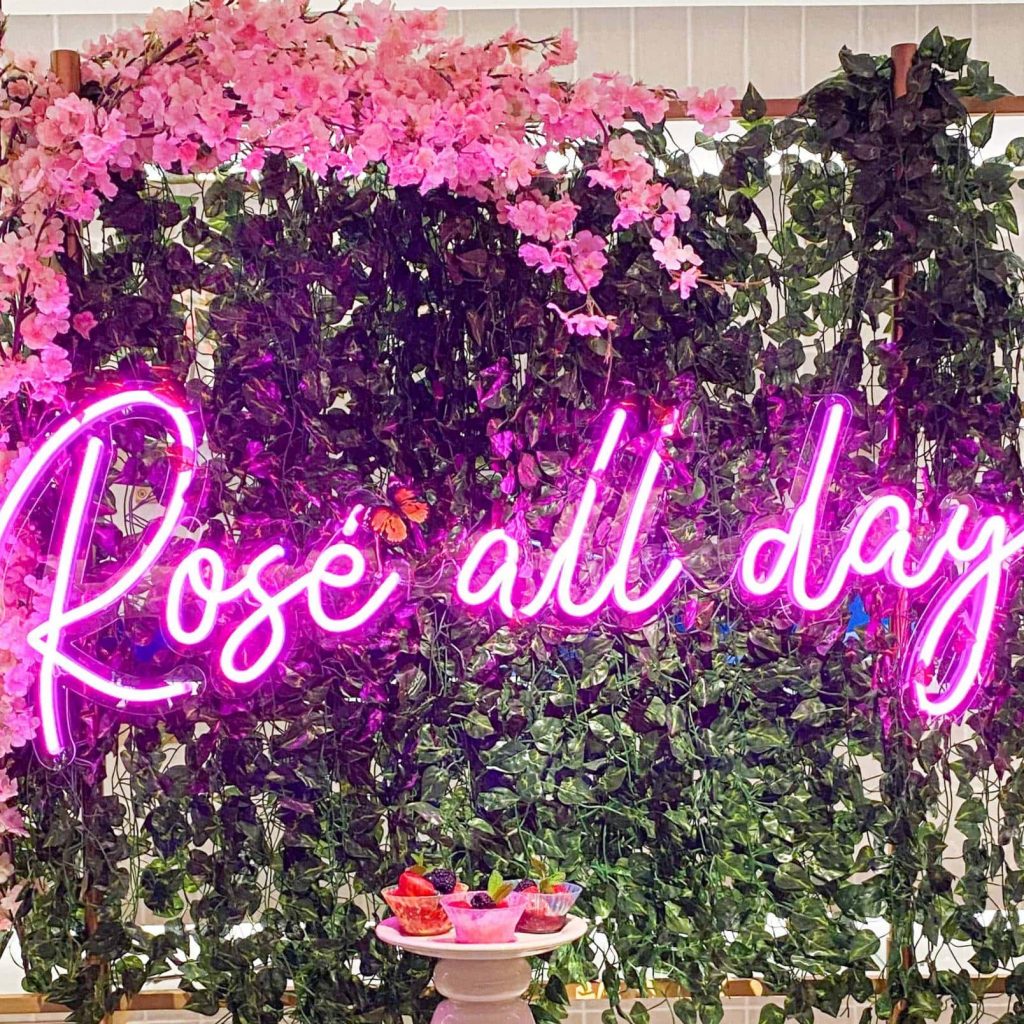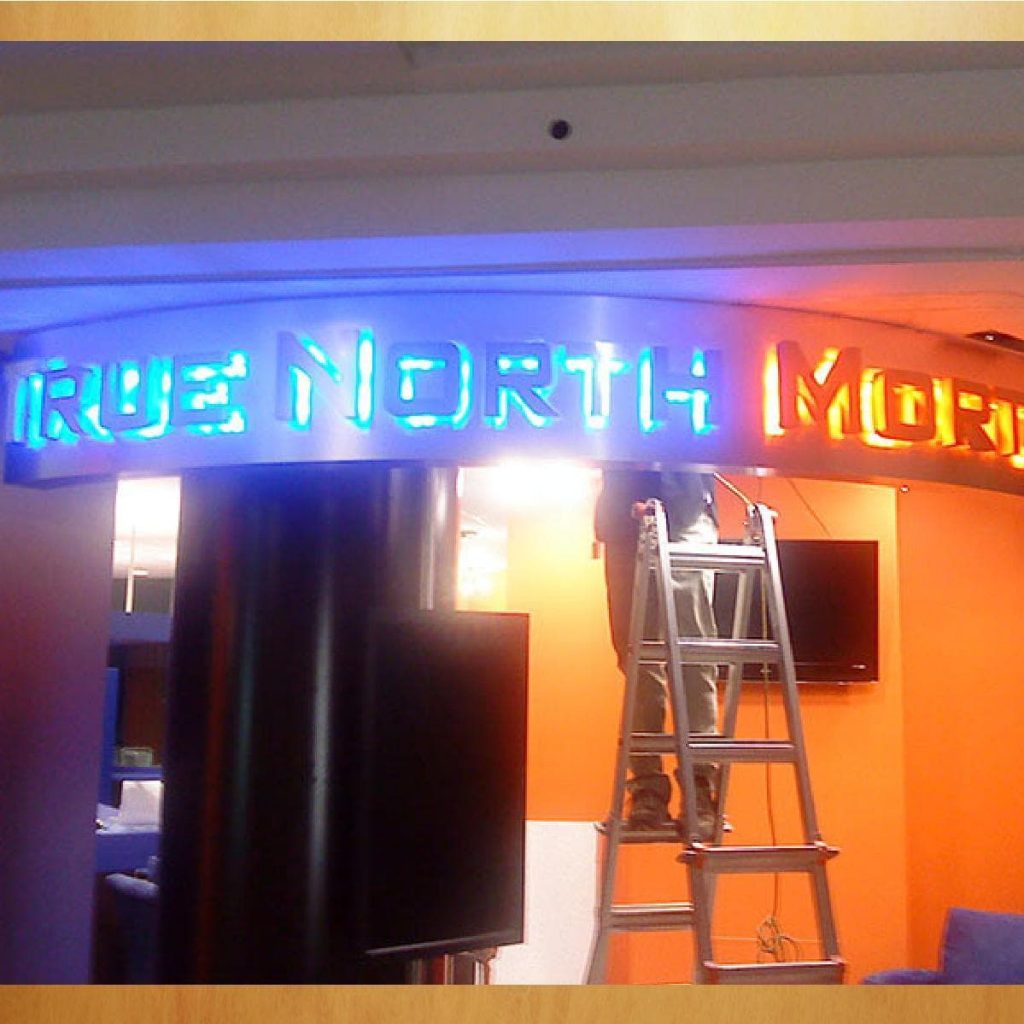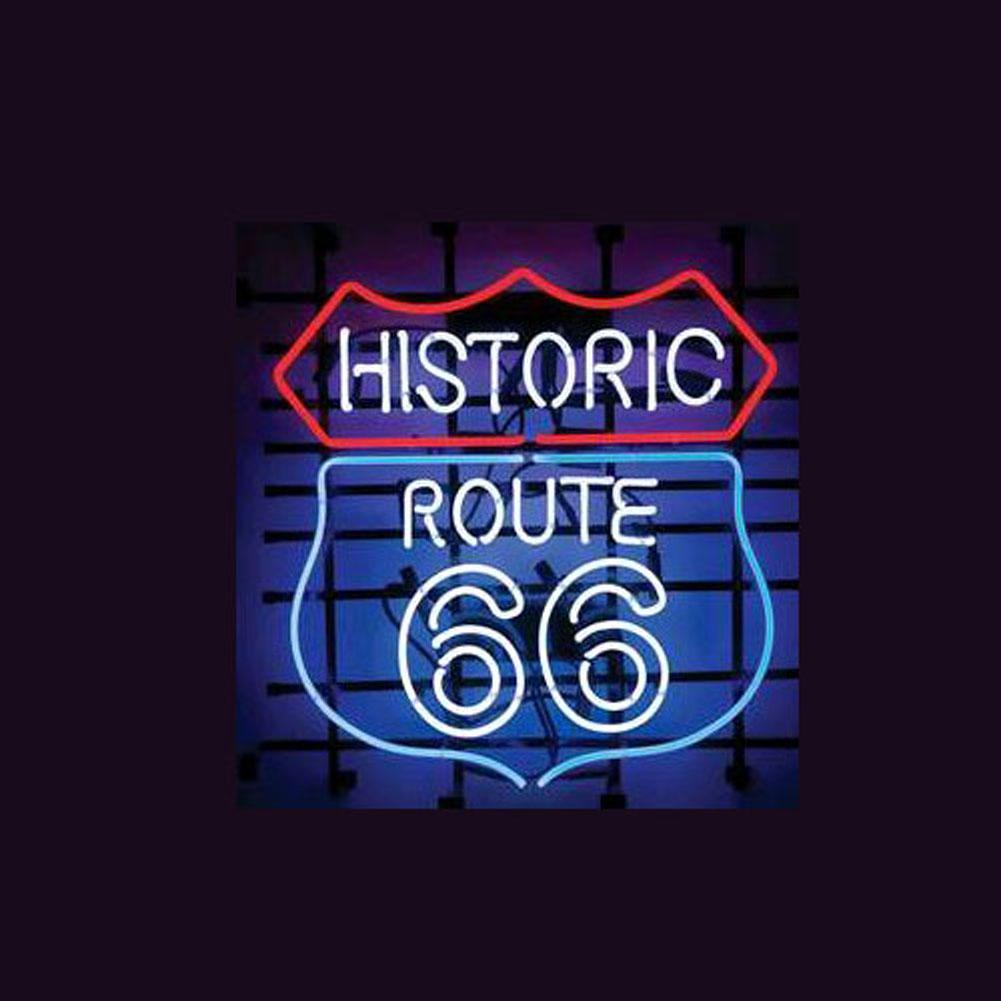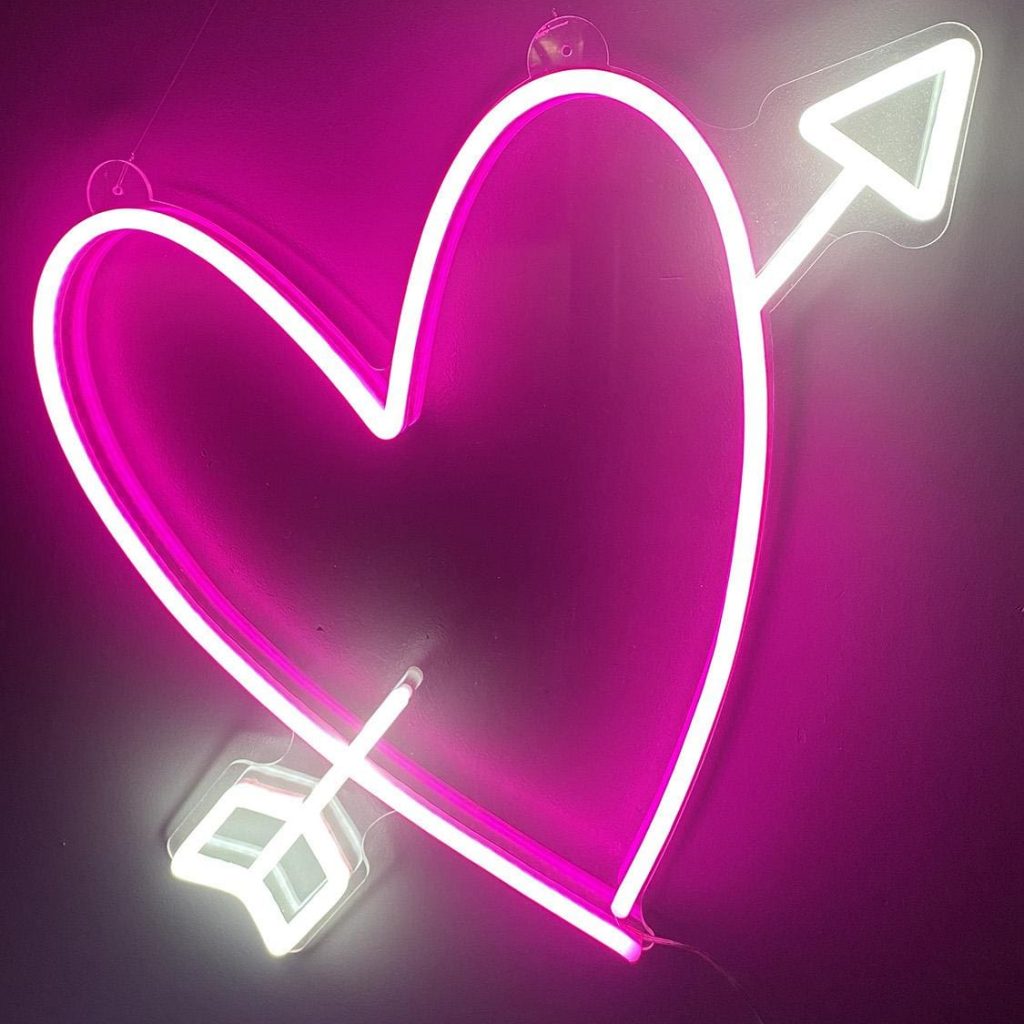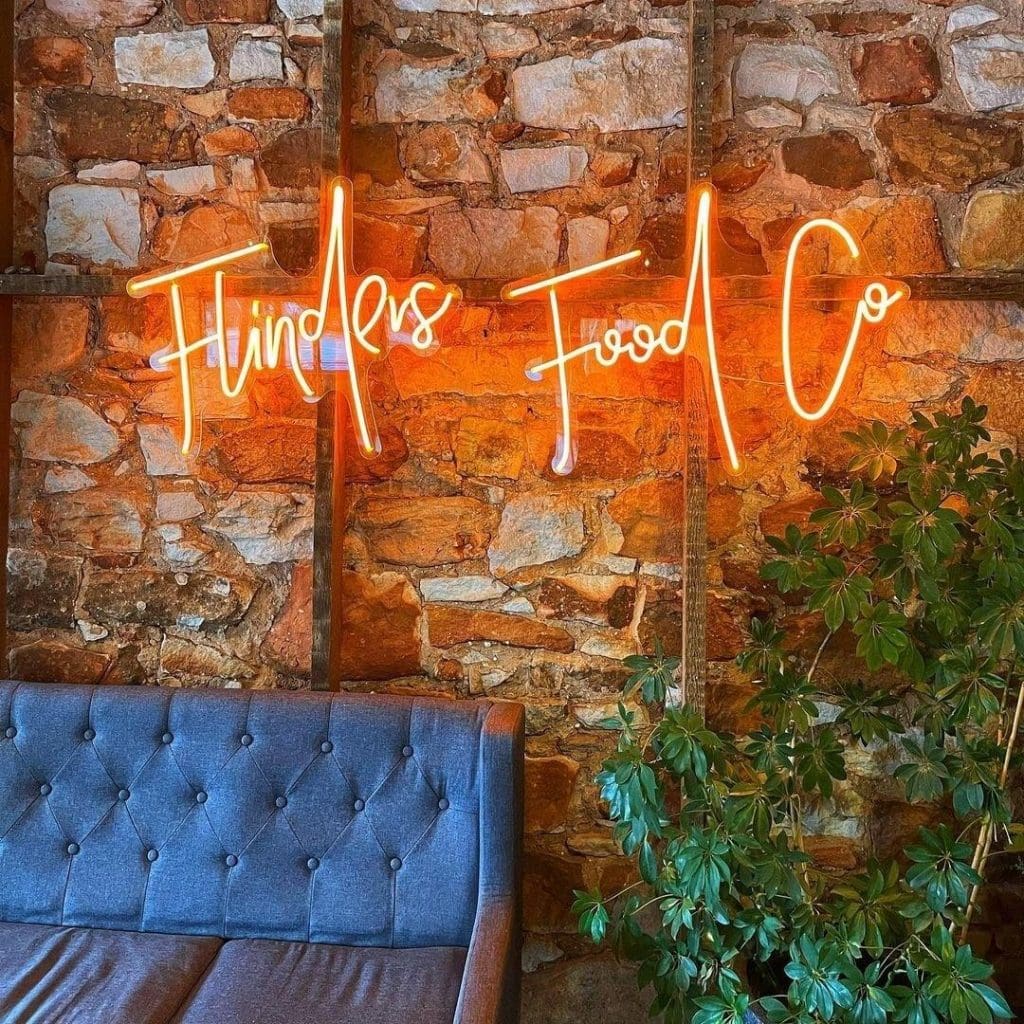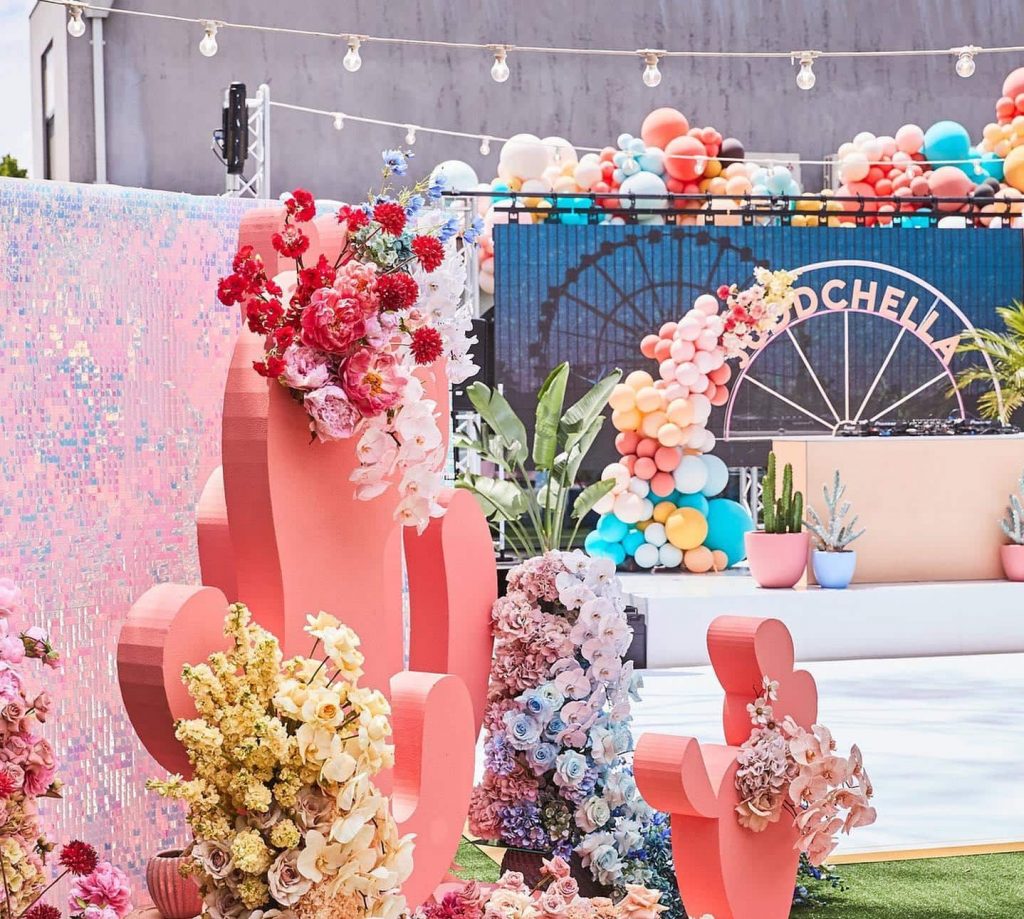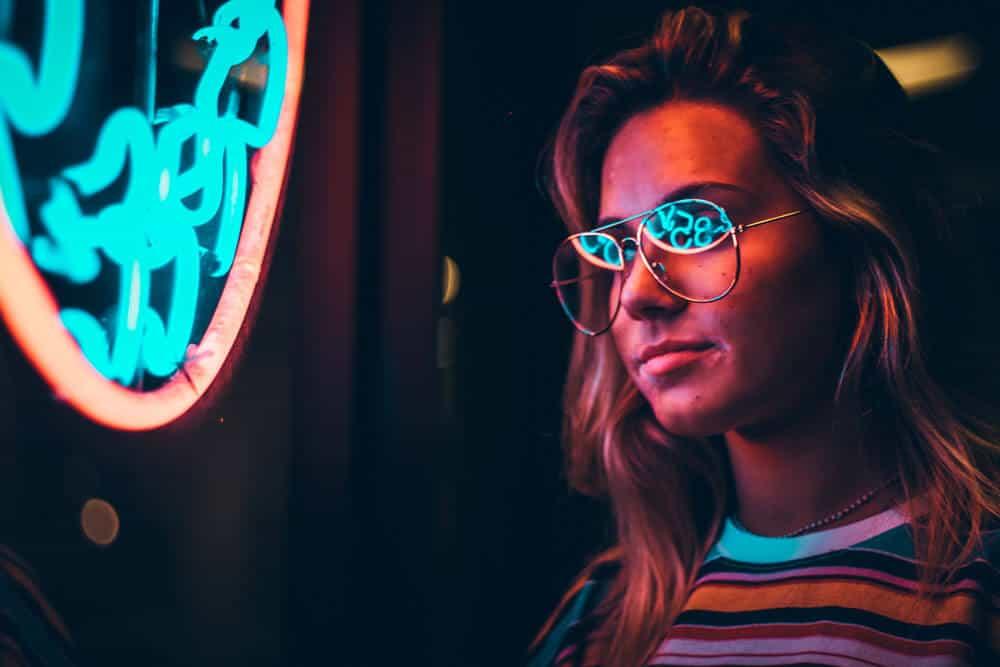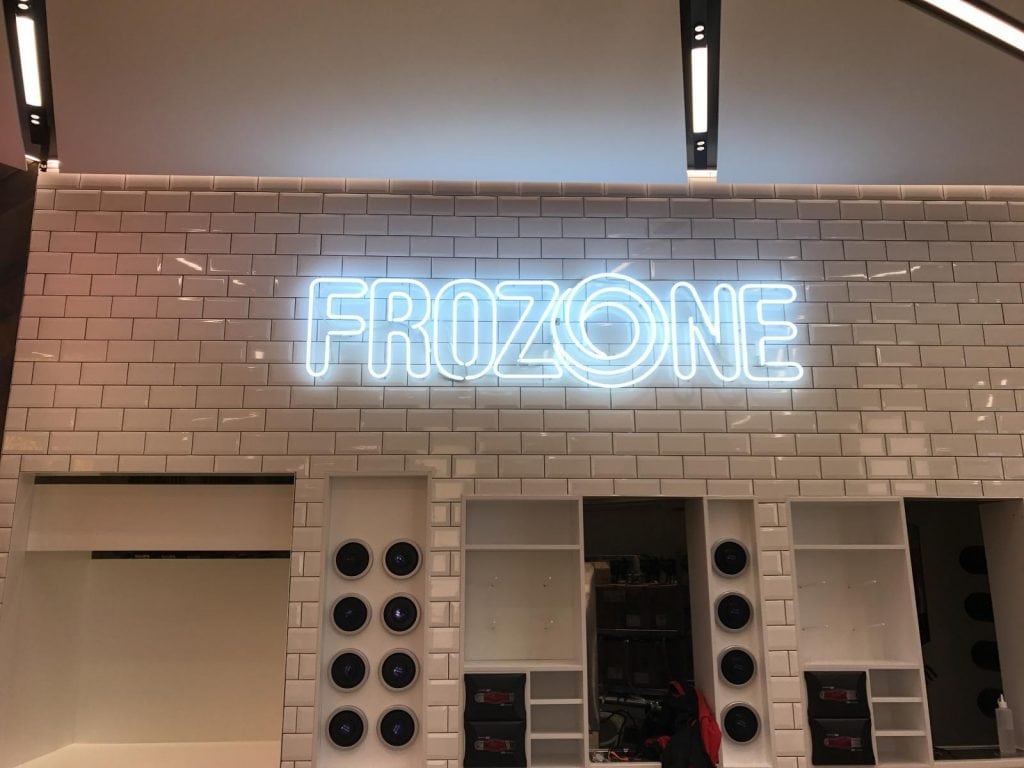LED strips that pulse to the beat of the music are a trendy method to liven up a dull or empty environment. Create a dynamic and engaging audio-visual experience by synchronising these bright lights with your favourite song. In reality, anyone can enjoy and benefit from a gratifying experience setting up music-synced LED strip lights if they have the proper resources and know-how. This blog will walk you through everything you need to know to put up music-synced LED strip lights, from gathering the necessary materials to hooking up the lights to your tunes to providing helpful hints on how to achieve the ideal lighting effects for any event. This guide will help you get started making your own music-synced LED strip lights, whether you're a DIY pro, a music fanatic, or just trying to spice up your home.
What are LED Strip Lights?
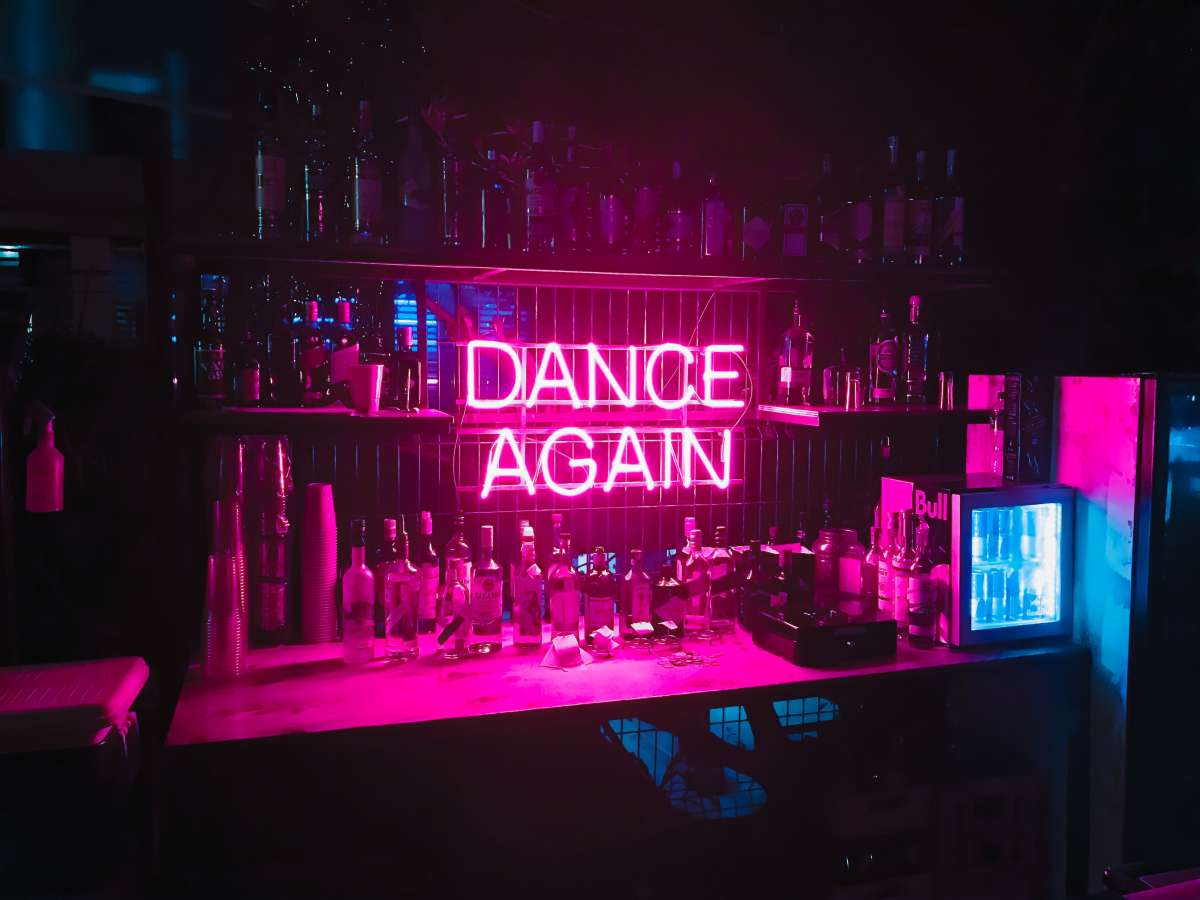
Light-emitting diodes (LEDs) are used in LED strip lights, which are a form of lighting system, to produce a narrow, continuous beam of light. LEDs are flexible, so they may be sliced to any length you need on a printed circuit board (PCB) or adhesive tape. LED strip lights can be found in many hues and have a wide range of customization options, such as dimming, flashing, and color-changing. Accent lighting, under-cabinet lighting, and signage are just a few of the many uses they have in the residential and commercial lighting sectors. LED strip lights are widely used as an indoor and outdoor lighting option due to its efficiency, durability, and adaptability.
A flexible circuit board with a sequence of light-emitting diodes (LEDs) is coated with adhesive so that the strip can be adhered to a wall, ceiling, or other surface. An external power source, typically a low-voltage direct current (DC) power supply, is used to supply energy to the circuit board.
The LEDs are lit up by the current in the circuit, and this current causes them to radiate a certain hue and intensity of light. White, red, green, blue, and multicoloured LED strip lights are just some of the available options. Multiple colour options are typically included with LED strip lights, allowing for a wide range of decorative and functional possibilities.
LED strip lights may be moulded into virtually any shape by bending, cutting, and splicing individual lights together. They are frequently used to create ambience in residential and commercial settings, as well as during special events, and may be adjusted in colour and intensity with the use of a remote or a mobile app.
Outdoors or indoors, LED strip lights can be used for a wide range of illumination tasks. Some typical applications of LED strip lights are as follows:
- LED strip lights are commonly utilised as accent lighting, drawing attention to architectural details, works of art, and other ornamental components.
- LED strip lights can be installed beneath cabinets or shelves to provide task lighting in a kitchen or home office.
- LED strip lights can be used to generate a backlight behind a TV or computer monitor, making for a more dramatic and immersive watching experience.
- Lighted signage for stores, events, and other forms of advertising can be made with LED strip lights.
- Patios, decks, and other outside areas can all benefit from outdoor lighting provided by LED strip lights.
- Lighting for automobiles and motorcycles: LED tape lights can be utilised for decorative purposes and for the vehicle's actual headlights and taillights.
- LED strip lights can be utilised to create dramatic lighting effects for concerts, plays, and other live acts.
These are only a few of the numerous potential applications for LED strip lighting. LED strip lights are widely used because of their adaptability, low energy consumption, and little maintenance needs.
Different Types of LED Strip Lights
It's true that there are numerous varieties of LED strip lights on the market, each with its own unique combination of characteristics (such as output, colour temperature, and the ability to cycle through multiple colours). Some of the most popular varieties of LED strip lights are as follows:
- Standard strip lights: These are the most fundamental form of LED strip lights; they come in a variety of colours, from warm white to cool white to RGB (red, green, blue) color-changing.
- High-density LED strip lights: These LED strips are brighter and better suited to high-intensity lighting applications since they have more LEDs per metre than traditional strips.
- Color temperature adjustable LED strip lights: The light from these strips can be changed to a warmer or cooler white to better resemble different forms of natural light.
- RGB LED strip lights: The colour of these strip lights may be changed to create various dynamic effects.
- Smart LED strip lights: These LED strips may be managed remotely via an app or voice commands using a smart home assistant, providing greater flexibility and convenience in lighting setup.
- Waterproof LED strip lights: These strip lights can be used for outdoor lighting or as bathroom lighting because they are waterproof.
The type of LED strip lights that you choose will depend on the specific application and the desired lighting effect.
Lighting to the Beat: How to Wire LED Strip Lights to Your Music
The addition of music-synchronized LED strip lights to your home, party, or event will create a dynamic and eye-catching lighting effect. Here's how to set up LED strip lights that flash to the beat of the music:
Choose your LED strip lights
You'll need to decide on the specific LED strip lights you wish to use before you can get started. You should get an LED strip light kit that has everything you need to get started, including a music controller, a power source, and the lights themselves.
Measure and cut the LED strip lights
Get a tape measure and determine how long of an area you wish to illuminate with LED strips. If you're going to cut the LED strip lights, do it at the marked points.
Prepare the surface
Remove any dirt or dust from the area you intend to attach the LED strips. Before beginning, check to see that the surface is dry.
Install the LED strip lights
LED strip lights with adhesive backing can be easily applied by simply removing the backing and sticking them to the desired location. When setting up your LED strip lights, make sure you read and adhere to all included documentation.
Connect the music controller
Following the included instructions, link the music controller to the LED tape lights and power supply then plug the music controller's power adapter into an electrical socket.
Sync the music
Put on some tunes, and then tweak the controller's settings to make the LED strips flash in time with the music.
After following these instructions, you should be able to turn on your music-synchronized LED strip lights. Experience the exciting and original lighting effect that will liven up any room or special occasion.
Having LED strip lights that can be matched to music has many benefits.
Musically-synchronized LED strip lights can generate a wide variety of eye-catching dynamic lighting displays to liven up and enhance any venue or event. The lights may be programmed to alternate colours and pulse to the beat of the music, making for a truly unforgettable experience for your guests.
LED strip lights that sync with your music allow you to adjust the lighting to fit the atmosphere you're trying to create. To set the mood you want, select from a variety of colours and effects like strobing, pulsing, or fading.
With LED strip lights, you can enjoy the changing colours and effects of light without the hassle of high electricity bills or frequent light bulb replacements.
LED strip lights are versatile and simple to install since they can be trimmed to match any size or shape of room. In addition to instructions and adhesive backing, many music-synced LED strip light kits feature a simple adhesive design that allows for quick and easy installation.
LED strip lights that pulse to the beat of music are incredibly flexible, as they can be used for anything from decorating a dance floor or stage to setting the ambience in a bedroom or living room.
Music-synced LED strip lights are an interesting and novel method to bring dynamic lighting effects to any area or occasion, and they provide a number of advantages that make them a terrific addition to any lighting arrangement.
Level Up your Parties with Music-synced LED Strip lights
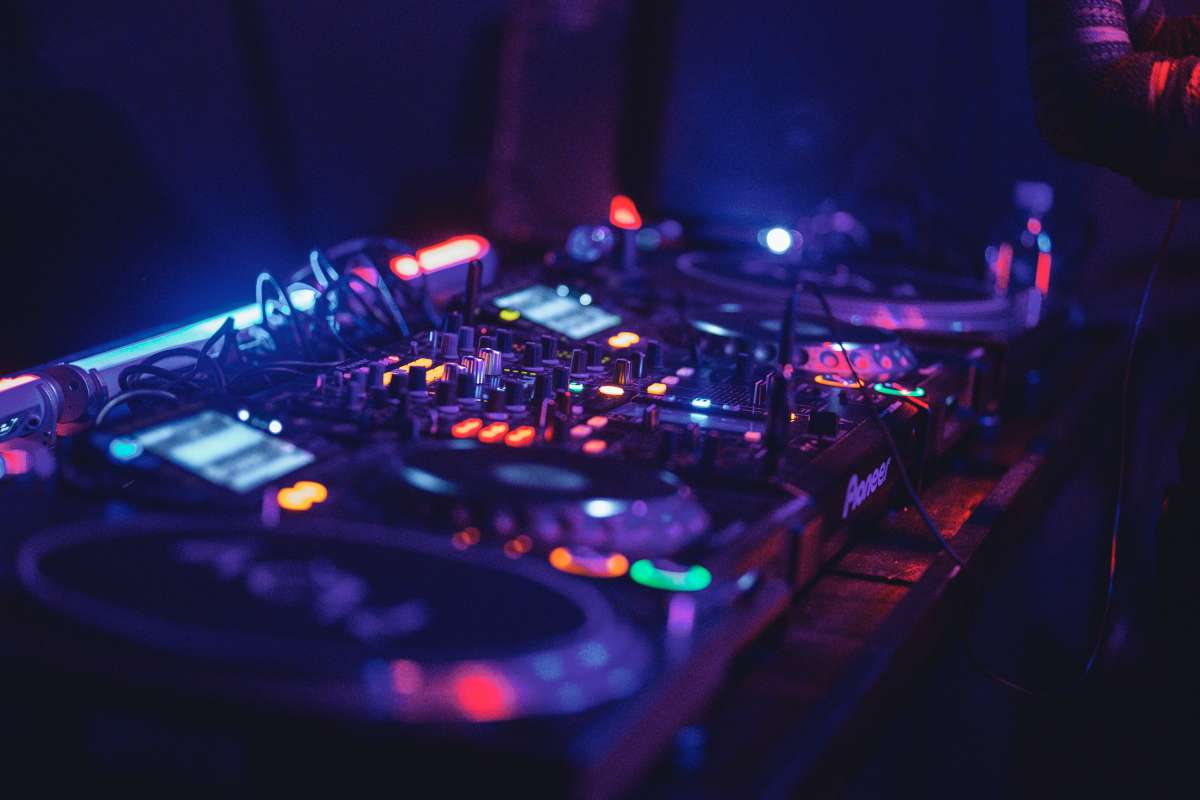
It's a great idea to use LED strip lights that match up to the music at your next party or event. Dance floor lighting, backdrop lighting, accent lighting, and stage lighting are just some of the many applications for these lights in these contexts.
Putting up LED strip lights that flash in time to the music is one application for these lights. Guests will feel immersed in a lively and thrilling environment thanks to the lights, which can be programmed to pulse and change colours in sync with the music. Some guests may feel more compelled to get up and dance if this is done.
LED strips that respond to the music can also be used as a backdrop for the DJ or the band. The lights can be made into a distinctive and interesting visual feature by being programmed to change colour and pattern in time with the music.
LED strip lights that are timed to music are another option for illuminating architectural details or setting a mood. Colorful and moving lights can be used to accent columns, walls, and other features, creating a coherent and aesthetically intriguing space that contributes to the party's ambience.
Finally, LED strips that can be synchronised to the music can be used as part of the stage's lighting. When combined with other forms of lighting, they can create a uniform and all-encompassing atmosphere for the audience, raising the stakes and increasing their enjoyment of the performances.
Lighting events and celebrations with music-synchronized LED strip lights is a fun and creative way to set the mood.
You can set the mood in your bedroom with music-controlled LED strip lights. These lights can be used in a variety of ways to make one's home or personal space feel special and inviting.
Installing music-synchronized LED strip lights around the room's perimeter is a great approach to showcase the space's design elements. The lights can be changed to different colours and patterns to fit the atmosphere or theme of the room.
In addition to placing them in front of the stage, you can also utilise LED strip lights that are timed to music to decorate the wall behind or the area around your television. When the lights pulse and change colours in sync with the music or the action on the screen, it may provide for an unforgettable and engrossing watching experience.
A dynamic and stimulating atmosphere can be created with music-synced LED strip lights in a home office or workplace, aiding in concentration and productivity. Lighting that pulses and changes colour to the beat of the music may be both aesthetically exciting and musically motivating.
The usage of music-synchronized LED strip lights as a creative and adjustable night light option in the bedroom or any other personal space is possible. You can create an atmosphere that is pleasant and comforting, which will assist you in winding down and getting a good night's sleep by configuring the lights to cycle through patterns or colours that are soothing to the eye.
The use of music-synchronized LED strip lights provides a lighting solution that is both flexible and engaging, and it has the potential to improve the ambience and overall experience of your personal space in a number of different ways.
Conclusion
In order to liven up a boring or empty space, LED strips that pulse to the music are increasingly popular. From obtaining the essential materials to connecting the lights to your music, this guide will show you every step of the process. LED strip lights come in a broad variety of colours and may be adjusted in numerous ways, including brightness, flash rate, and colour temperature. The efficiency, longevity, and versatility of LEDs have led to their widespread use as a lighting solution for both indoor and outdoor settings. Ambiance may be created with LED strip lights in both home and business settings, as well as during parties and other events.
They are commonly used because of their versatility, low energy consumption, and low maintenance needs; for example, you can change the colour and intensity using a remote or a mobile app. Standard, high-density, colour temperature-adjustable, and RGB LED strips are just a few of the options available. A wide range of colours, from warm white to cool white to RGB (red, green, blue) color-changing, is available in the industry-standard strip lights. While high-density LED strips produce more light and are therefore better suited to high-intensity lighting applications, colour temperature changeable LED strips can be adjusted to a warmer or cooler white to more closely mimic different types of natural light. Concerts, plays, and other live performances can benefit from the usage of dramatic lighting effects created using RGB LED strip lights.
You can control your smart LED strip lights from anywhere in the house with an app or by voice commands with your smart home assistant. LED strip lights that are water resistant are versatile enough to be utilised both in and out of the house. How to synchronise your LED strip lights with the beat of your music for a stunning visual impact is the subject of Lighting to the Beat. Setting up LED strip lights entails measuring and cutting the strips to length, prepping the surface, adhering the strips to the surface, connecting the controller to the strips, the power source, and the music, syncing the music, and adjusting the controller's settings so that the strips flash in time to the music. If you've followed the steps here, you should be able to activate your LED strip lights that dance to the beat of the music.
Using LED strip lights is a fun and creative way to provide exciting lighting effects to any space or event. They may be set to flash between colours and pulse to the beat of the music for a spectacular show that will leave guests speechless. They may be used in a variety of ways and are easy to set up thanks to their versatility and the included instructions and adhesive backing. LED strip lights are versatile enough to be utilised anywhere, from the stage or dance floor to the bedroom or living room, to establish the mood. In addition to illuminating architectural details or generating a mood, they can serve as a backdrop for the DJ or band.
Content Summary
- LED strips that pulse to the beat of the music are a trendy method to liven up a dull or empty environment.
- This blog will walk you through everything you need to know to put up music-synced LED strip lights, from gathering the necessary materials to hooking up the lights to your tunes to providing helpful hints on how to achieve the ideal lighting effects for any event.
- This guide will help you get started making your own music-synced LED strip lights, whether you're a DIY pro, a music fanatic, or just trying to spice up your home.
- They are frequently used to create ambience in residential and commercial settings, as well as during special events, and may be adjusted in colour and intensity with the use of a remote or a mobile app.
- Outdoors or indoors, LED strip lights can be used for a wide range of illumination tasks.
- These are only a few of the numerous potential applications for LED strip lighting.
- It's true that there are numerous varieties of LED strip lights on the market, each with its own unique combination of characteristics (such as output, colour temperature, and the ability to cycle through multiple colours).
- Some of the most popular varieties of LED strip lights are as follows:
- Standard strip lights: These are the most fundamental form of LED strip lights; they come in a variety of colours, from warm white to cool white to RGB (red, green, blue) color-changing.
- The type of LED strip lights that you choose will depend on the specific application and the desired lighting effect.
- The addition of music-synchronized LED strip lights to your home, party, or event will create a dynamic and eye-catching lighting effect.
- You'll need to decide on the specific LED strip lights you wish to use before you can get started.
- You should get an LED strip light kit that has everything you need to get started, including a music controller, a power source, and the lights themselves.
- Get a tape measure and determine how long of an area you wish to illuminate with LED strips.
- LED strip lights with adhesive backing can be easily applied by simply removing the backing and sticking them to the desired location.
- Following the included instructions, link the music controller to the LED tape lights and power supply then plug the music controller's power adapter into an electrical socket.
- Put on some tunes, and then tweak the controller's settings to make the LED strips flash in time with the music.
- After following these instructions, you should be able to turn on your music-synchronized LED strip lights.
- LED strip lights that sync with your music allow you to adjust the lighting to fit the atmosphere you're trying to create.
- LED strip lights that pulse to the beat of music are incredibly flexible, as they can be used for anything from decorating a dance floor or stage to setting the ambience in a bedroom or living room.
- It's a great idea to use LED strip lights that match up to the music at your next party or event.
- Putting up LED strip lights that flash in time to the music is one application for these lights.
- Guests will feel immersed in a lively and thrilling environment thanks to the lights, which can be programmed to pulse and change colours in sync with the music.
- LED strips that respond to the music can also be used as a backdrop for the DJ or the band.
- LED strips that can be synchronised to the music can be used as part of the stage's lighting.
- Lighting events and celebrations with music-synchronized LED strip lights is a fun and creative way to set the mood.
- You can set the mood in your bedroom with music-controlled LED strip lights.
- Installing music-synchronized LED strip lights around the room's perimeter is a great approach to showcase the space's design elements.
- The lights can be changed to different colours and patterns to fit the atmosphere or theme of the room.
- In addition to placing them in front of the stage, you can also utilise LED strip lights that are timed to music to decorate the wall behind or the area around your television.
- A dynamic and stimulating atmosphere can be created with music-synced LED strip lights in a home office or workplace, aiding in concentration and productivity.
- The usage of music-synchronized LED strip lights as a creative and adjustable night light option in the bedroom or any other personal space is possible.
FAQs About LED Strip Lights
The average lifespan of an LED is 50,000 hours. That's the equivalent of using it nonstop for about six years. With time, LEDs gradually lose their light output; typically, it takes 50,000 hours for LED lights to lose 70% of their original light output.
A bad power supply, sloppy wiring, bad circuit layout, or even rainwater seepage are common causes of failure. You can usually find a workaround for a malfunctioning LED light system regardless of the underlying cause and associated symptoms.
LED light strips can be trimmed if they are too long. Beginning with an accurate length measurement is essential. Cutting the strip too short will result in a wasted effort.
LED lights are a great option for your project or business because they are safer and use less energy than traditional lighting options. LED strip lights are more energy efficient than traditional bulbs, but they can still overheat and pose a fire hazard if not properly maintained.
LED strip lights, when used as the primary source of illumination, consume significantly less energy than traditional lighting while still providing adequate illumination. LEDs use only about 18% of the energy that CFLs do, but that's still a significant amount of money that could be saved if everyone switched over to them (Compact Fluorescent Lamps).


